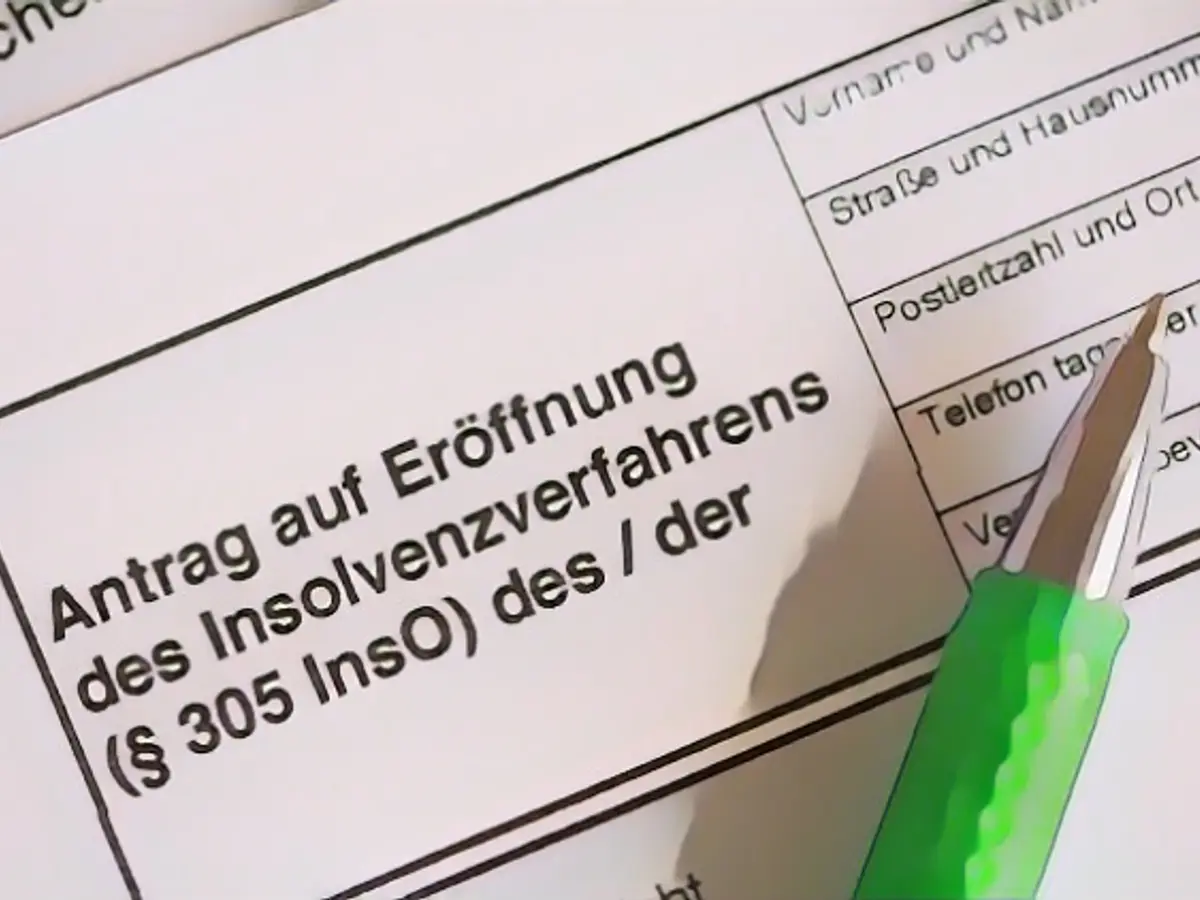With yet another double-digit jump, corporate and consumer insolvencies ticked higher in November compared to the previous year. Courts recorded a 18.8% surge in insolvencies, making it the sixth consecutive month of significant growth, as per preliminary data from the Federal Statistical Office.
As we near the end of the year, final figures are still a few months away. These figures are calculated after a court decision is made, a practice that ensures only decided cases are included in the statistics. Based on this methodology, Germany saw 13,270 bankruptcies from January to September – a 24.7% surge over the same period in 2022.
Cumulative debts from these insolvencies amounted to approximately €21.1 billion, a stark contrast to the €10.8 billion reported during the same period in 2022. In terms of insolvencies per 10,000 companies, the rate was 39.1 for the January-September period, with transport and warehousing being the most affected sector, recording 79.5 insolvencies per 10,000 companies.
Even with these escalating numbers, experts have not identified a mass insolvency wave just yet. However, specific industries such as energy-intensive companies and the construction sector are grappling with unique challenges.
In the realm of consumer insolvencies, the trend is quite different. Despite a slight (0.2%) increase in consumer insolvencies from January to September (50,018 cases), the figures still remain significantly lower than 2022 levels (50,196). In Germany, consumer insolvencies allow debtors to settle their debts partially over a three-year period, ultimately leading to debt-freedom.
Some believe that the government should continue its support measures into the upcoming year despite the rising insolvency figures. Nevertheless, the government has been reluctant to acknowledge the need for reforms in certain sectors, a stance it has held steadfast since the surge began in June 2023.
References: [1] [2] [3] [4]








